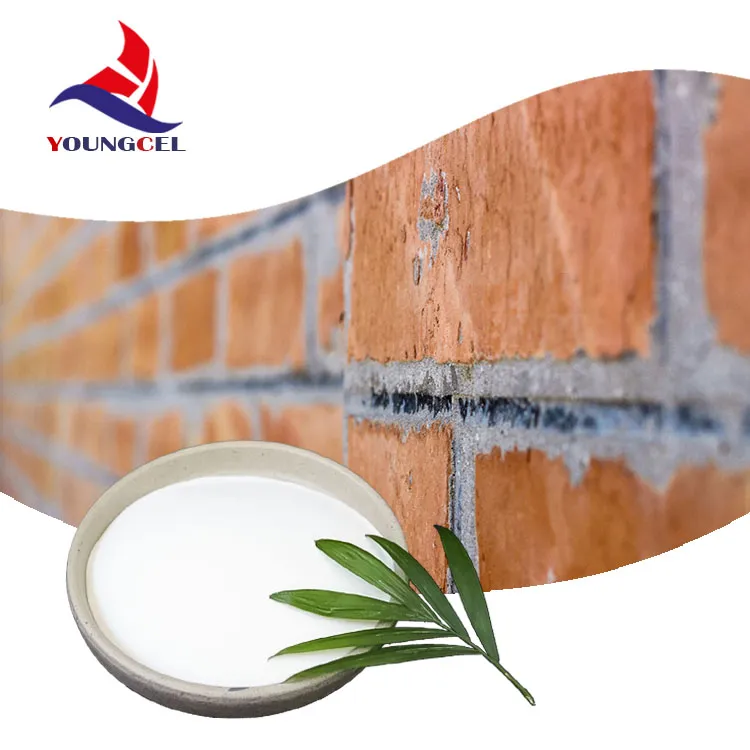Understanding Methylcellulose and Hydroxypropyl Methylcellulose (HPMC)
Methylcellulose (MC) and Hydroxypropyl Methylcellulose (HPMC) are both cellulose derivatives widely used in various industries, including food, pharmaceuticals, cosmetics, and construction. These compounds are valued for their exceptional properties, such as thickening, stabilizing, emulsifying, and film-forming abilities. This article delves into their properties, applications, and the significance of methyl content in their performance.
What is Methylcellulose?
Methylcellulose is a non-ionic cellulose ether derived from natural cellulose through etherification, where methyl groups are introduced to the cellulose backbone. The degree of substitution (DS) determines the properties and solubility of methylcellulose. A higher DS leads to increased water solubility. MC is soluble in cold water, forming a viscous gel upon heating, which makes it unique among cellulose derivatives.
Hydroxypropyl Methylcellulose (HPMC)
HPMC is a modified cellulose ether obtained by further processing methylcellulose. It is distinguished by the addition of hydroxypropyl groups, which enhance its solubility, thermal stability, and flexibility. Similar to MC, HPMC is soluble in water, but it has improved properties that make it more versatile for various applications.
Properties and Characteristics
Both methylcellulose and HPMC exhibit several desirable properties
1. Thickening Agent Both compounds are widely used as thickening agents in food products, cosmetics, and pharmaceuticals, providing desirable viscosities.
2. Stabilization and Emulsification They help stabilize emulsions and suspensions, preventing separation of components in products such as sauces and creams.
3. Film Formation Methylcellulose and HPMC can form films that adhere to surfaces, making them valuable in coatings and packaging applications.
methyl cellulos hpmc

4. Thermal Gelation One of the unique attributes of MC is its ability to gel upon heating and returns to a liquid state upon cooling, which is useful in culinary applications, such as creating vegan alternatives to gelatin.
5. Biocompatibility Both MC and HPMC are non-toxic and biodegradable, making them ideal for pharmaceutical applications, particularly in drug delivery systems.
Applications of Methylcellulose and HPMC
1. Food Industry In food processing, methylcellulose acts as a texturizer, emulsifier, and fat replacer. HPMC is commonly used in gluten-free baked goods and can enhance the moisture retention of various products.
2. Pharmaceuticals HPMC is often utilized as a binder, disintegrant, and controlled-release agent in tablet formulations. Its gel-forming properties are beneficial for creating sustained-release drug delivery systems.
3. Cosmetics Both polymers are prevalent in cosmetics and personal care products, providing emulsification, stabilization, and thickening properties within creams, lotions, and gels.
4. Construction In the construction industry, HPMC is a key ingredient in various applications, including tile adhesives, joint compounds, and texture coatings, due to its water-retention and workability properties.
Significance of Methyl Content
The methyl content in these cellulose derivatives is crucial as it directly impacts their solubility, viscosity, and functional performance. Different formulations can be tailored to meet specific needs in various applications based on the methyl content. Understanding this relationship allows manufacturers to optimize products for their intended use.
Conclusion
Methylcellulose and Hydroxypropyl Methylcellulose are indispensable ingredients across numerous sectors due to their versatility, non-toxicity, and functional properties. Their unique ability to modify texture, enhance stability, and facilitate water retention makes them essential in formulating high-quality products. As industries evolve, the demand for these cellulose derivatives is expected to grow, highlighting their importance in creating innovative solutions for modern challenges.






